#заброшка
Text
Руины санатория «Гульрипш» Николая Николаевича Смецкого. Абхазия.


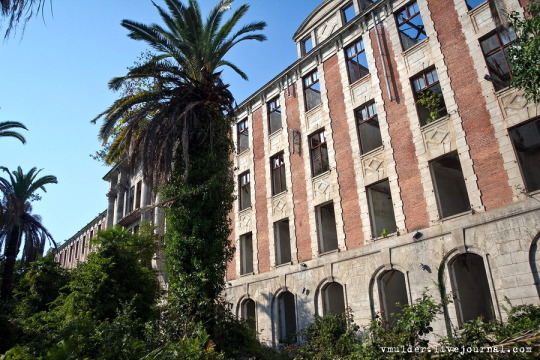


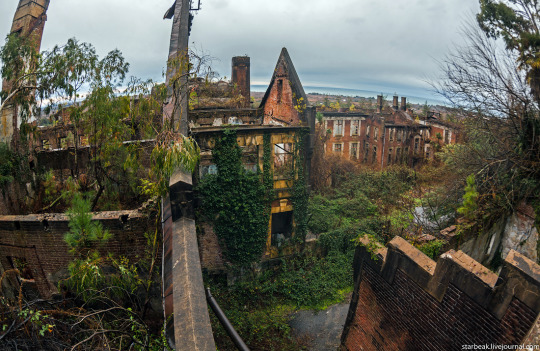




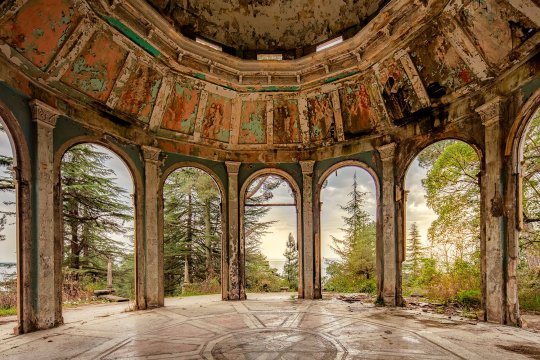
Красный корпус


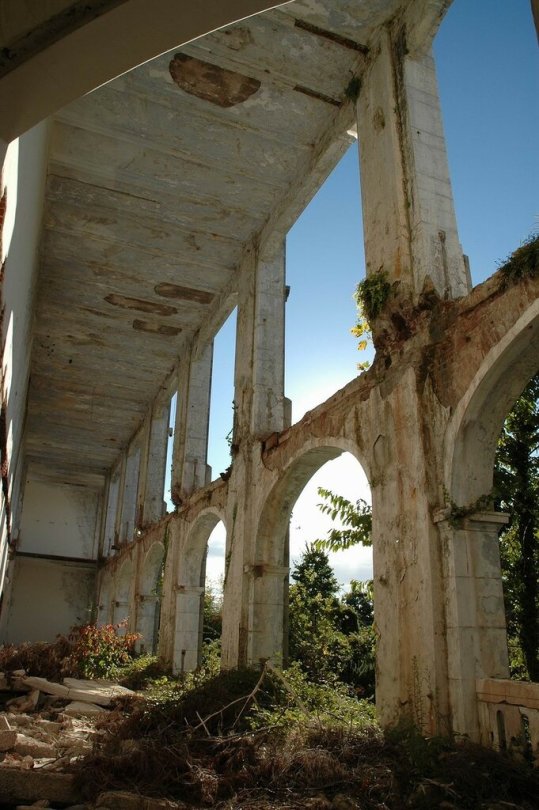


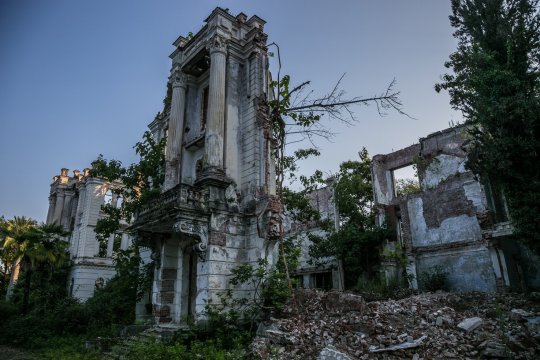
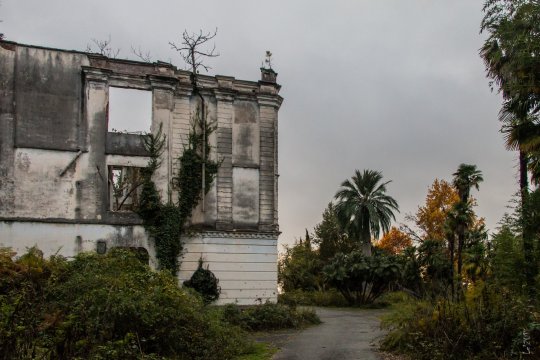

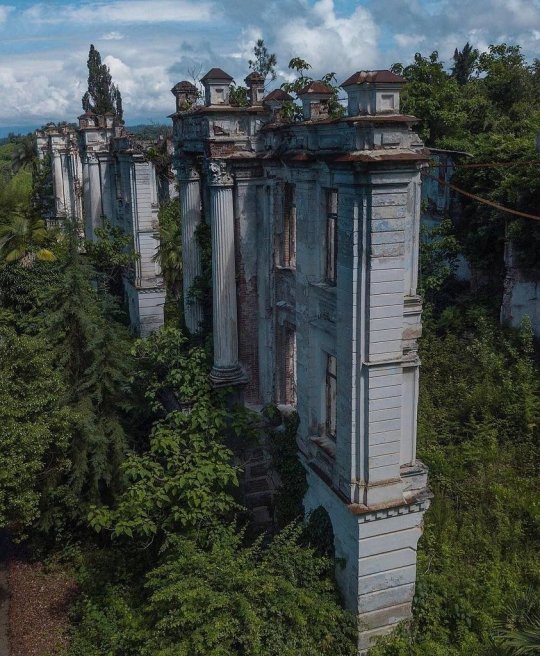
Белый корпус
Руины двух корпусов туберкулезного санатория «Гульрипш» дореволюционной постройки находятся недалеко от автодороги в 10 км к юго-востоку от Сухума.
В 1913 г. Смецким был построен четырёхэтажный Красный корпус из 112 комнат на 250 мест. На то время это здание было самым большим в Абхазии. Рядом был устроен огромный сад, где росли кокосы, агавы, акации. Про это здание существует забавная легенда. Якобы жена Смецкого сама была больна туберкулезом, и от одного врача он услышал совет: сделайте так, чтобы каждую ночь она спала на новом месте, где воздух чист от бацилл. Для этого и был построен дом-дворец из 365 комнат, который помог женщине выздороветь.В 1914 году Смецкий передал Красный корпус Красному Кресту для лечения инвалидов войны. Белый корпус в 1916 году был передан Министерству просвещения для лечения учителей и учащихся. В 1922 году дворцы национализировали и устроили в них санаторий имени Ленина.
Ruins of the sanatorium "Gulripsh" of Nikolai Nikolaevich Smetsky.
The ruins of two pre-revolutionary buildings of the Gulripsh tuberculosis sanatorium are located near the highway 10 km southeast of Sukhum. In 1913, Smetsky built a four-story Red building of 112 rooms with 250 seats. At that time this building was the largest in Abkhazia. Nearby there was a huge garden where coconuts, agaves, and acacias grew. There is a funny legend about this building. Allegedly, Smetsky’s wife herself was sick with tuberculosis, and from one doctor he heard advice: make sure that every night she sleeps in a new place where the air is clear of bacilli. For this purpose, a house-palace of 365 rooms was built, which helped the woman recover.
In 1914, Smetsky donated the Red Corps to the Red Cross for the treatment of war invalids. The White Building was transferred to the Ministry of Education in 1916 for the treatment of teachers and students. In 1922, the palaces were nationalized and a sanatorium named after Lenin was built in them.
Вот как эти строения выглядели раньше, архивные фото.
This is what these ruins looked like before, archival photos.


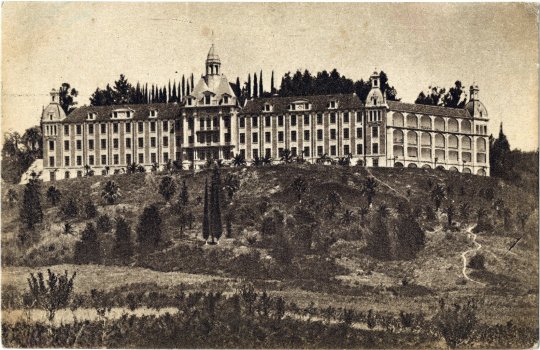


Источник : :https://ru-abandoned.livejournal.com/1690647.html
//idei.club/raznoe/10915-dvorec-smeckogo-v-abhazii.html.
//yarkolp.livejournal.com/4799.html
//dzen.ru/a/YGcj4mCNXCBzoNEt?utm_referer=www.google.com
glebzverev.ru/abkhazia/sukhum-sanatoriy-smetskogo.htm
#Абхазия#история#Заброшка#Заброшенное#заброшенные места#санаторий#Гульрипш#Н.Н. Смецкий#природа#фотография#Abkhazia#history#abandoned#Gulripsh#Smetsky#Architecture#abandonedplaces#abandonedbuilding#sanatorium#nature#abandoned photography#lost in time#photography#lost places
38 notes
·
View notes
Photo

Once Here was a Kindergarten.
#cottagecore#photographers on tumblr#dreamy#nature#abandoned#photography#Street Photography#originalphotography#original photographers#aesthetics#soviet architecture#decay#nature lover#plants#русский tumblr#эстетика#пейзаж#осень#заброшка#заброшенное#постсовок#архитектура#old architecture#canon#canon photography
80 notes
·
View notes
Text

9 notes
·
View notes
Photo
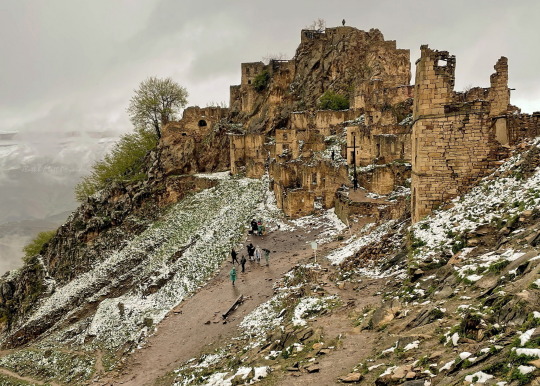

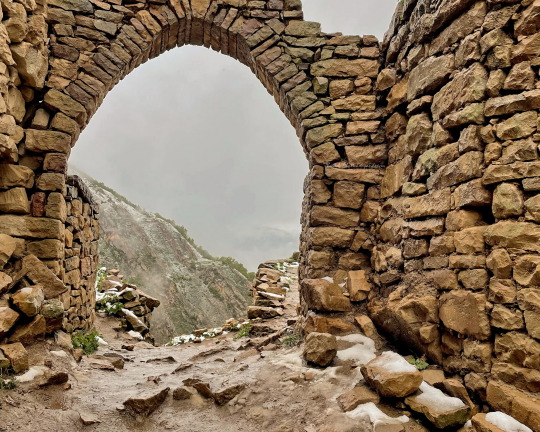




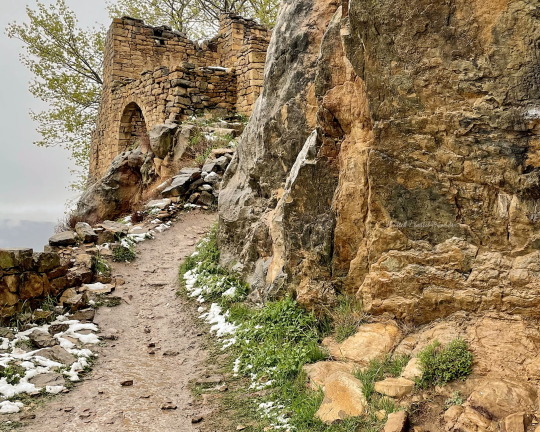


Gamsutl’, abandoned village in Dagestan
#abandoned#abandoned life#old village#Dagestan#Russia#mountains#snow#travel stories#travel photo blog#gamsutl#Гамсутль#высоког#Дагестан#Россия#высокогорный аул#заброшка#город призрак#ghost town#снег#путешествия#по стране#phone photography#my photography
73 notes
·
View notes
Text
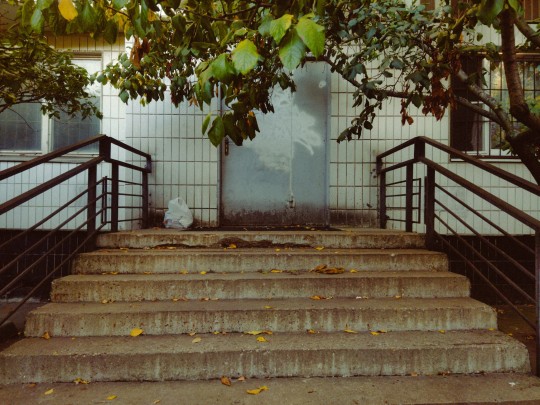
Адские фильтры. Но в этом что-то есть
3 notes
·
View notes
Text

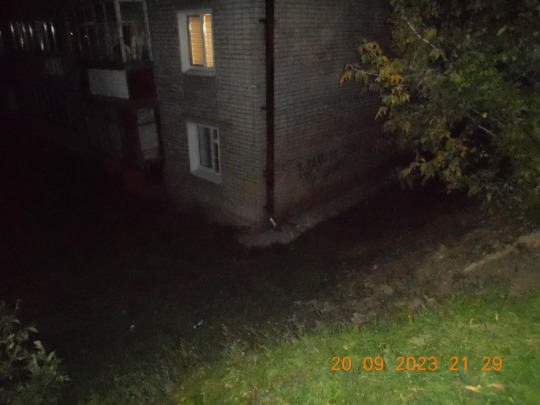
nobody needs you anymore
#dreamcore#alternative#scary photo#retro photography#spooky#the backrooms#witch house#grunge#vintage#abandoned#deserted#панельки#sad vibes#заброшка#заброшенное
2 notes
·
View notes
Text
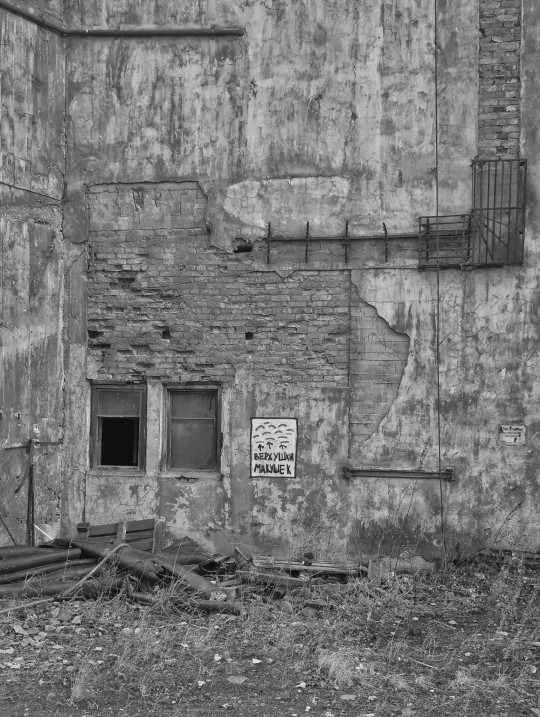
Верхушки макушек
8 notes
·
View notes
Text
Хотели бы погулять там?

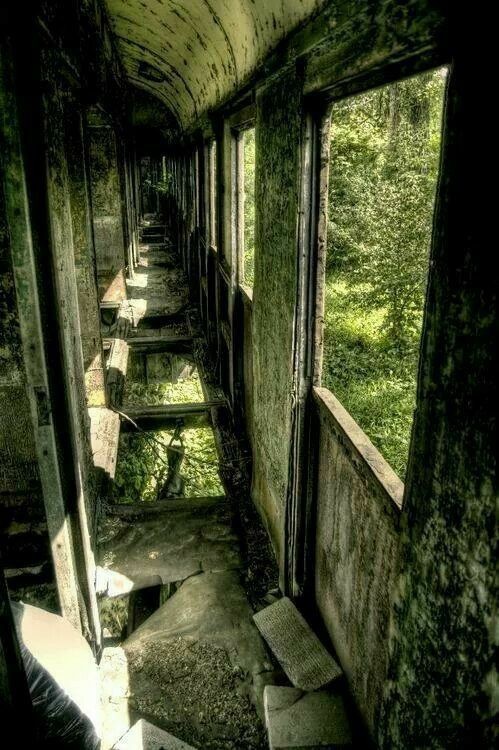


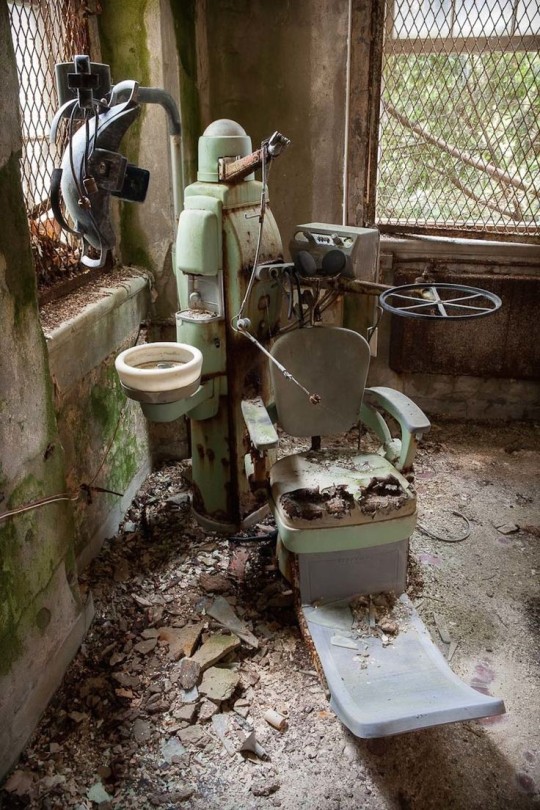

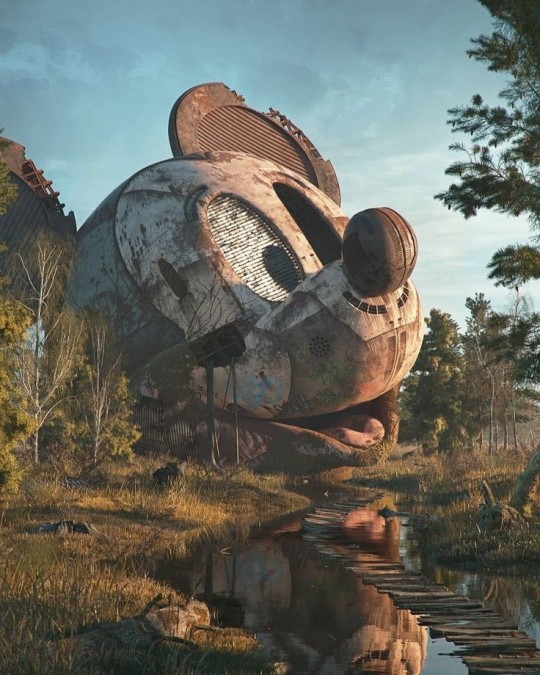
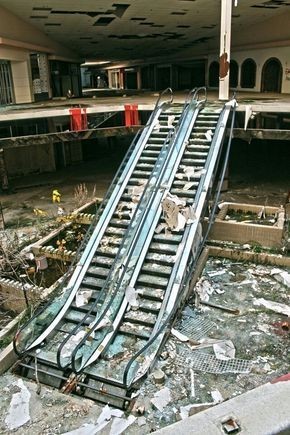
3 notes
·
View notes
Text
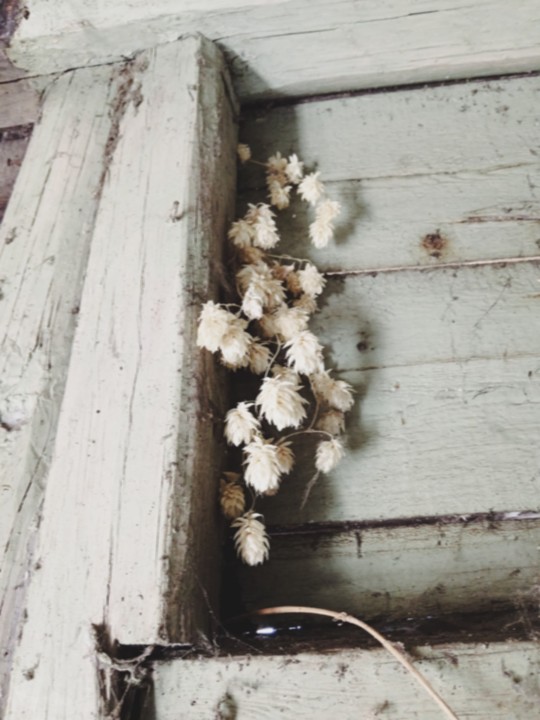



🧭
1 note
·
View note
Text

Заброшенный детский лагерь "Сказка".
1 note
·
View note
Text
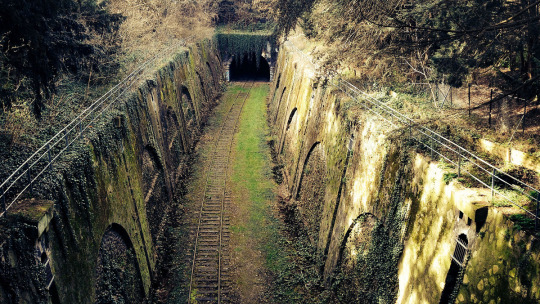

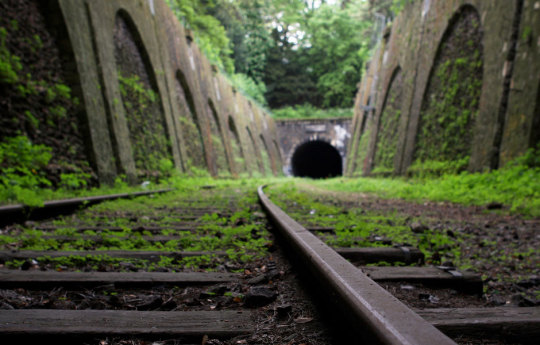



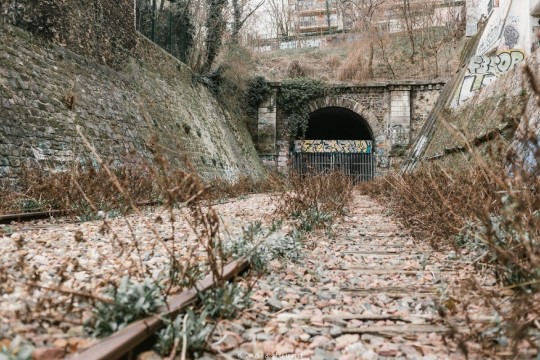
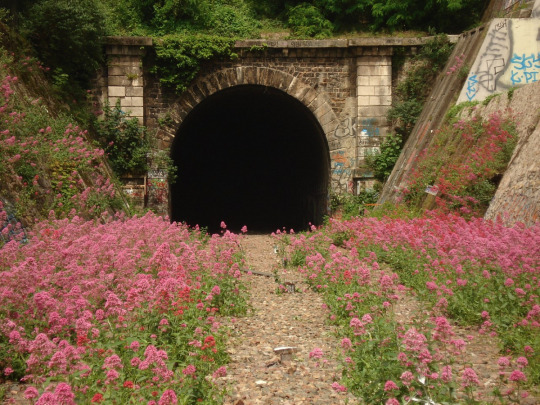


Железнодорожная линия La petite ceinture, Париж, Франция
Двухпутная железнодорожная линия La petite ceinture была построена между 1852 и 1869 годами и изначально была предназначена для грузовых поездов, чтобы те могли обходить Париж. Отсюда, кстати, и название: Petite Ceinture, или «малый пояс».
В течение почти 100 лет линия служила одним из главных средств передвижения в Париже.
Однако с появлением метро и развитием автомобильного транспорта популярность транспортного канала стала падать. Вскоре на Le petite centure ездили только товарные поезда. А в 1934 году большая часть линии была закрыта, а оставшийся её маленький кусок функционировал до 1985 года. С тех пор La petite ceinture остаётся заброшенной за исключением небольшого участка - из части дороги сделали прогулочный маршрут, а через другую небольшую его часть пролегают пути электрички.
За прошедшие годы «малый пояс» остался почти нетронутым, только зарос мхом и плющом. Сейчас для посещений официально открыты всего лишь несколько километров путей – от вокзала Отёй (Gare d’Auteuil) до вокзала Муэтт (Gare de la Muette), они охраняются мэрией и давно уже превратились в оазис, где произрастают более 200 видов растений и проживают 70 видов живых существ, включая белок, ежей, лис, енотов и прочей, не совсем что бы городской, живности.
Railway line La petite ceinture, Paris, France .
The double track La petite ceinture was built between 1852 and 1869 and originated to be tied to freight trains that could bypass Paris. position, by the way, and the name: Petite Ceinture, or "small belt". For almost 100 years, the line served the main means of transportation in Paris.
However, with the advent of the metro and the development of road transport, the popularity of the transport channel began to decline. Soon only freight trains were running on Le petite centure. And in 1934, most of the line was closed, and the remaining small piece of it functioned until 1985. Since then, La petite ceinture has remained abandoned, with the exception of a small section - a walking route was made from part of the road, and train tracks run through another small part of it.
Over the past years, the "small belt" has remained almost untouched, only overgrown with moss and ivy. Now only a few kilometers of tracks are officially open to the public - from the Gare d'Auteuil station to the Muette station (Gare de la Muette), they are protected by the mayor's office and have long turned into an oasis where more than 200 plant species grow and 70 species live living creatures, including squirrels, hedgehogs, foxes, raccoons and other, not quite urban, living creatures.
redeveloper.ru/redeveloperskie-proekty/potential/zheleznodorozhnaya-liniya-la-petite-ceinture-parizh-frantsiya/
#Заброшка#Франция#Заброшенное#заброшенные места#железная дорога#Architecture#france#abandoned#nature#railway line#vintage#abandonedplaces#railterminal#abandonedbuilding
11 notes
·
View notes
Photo
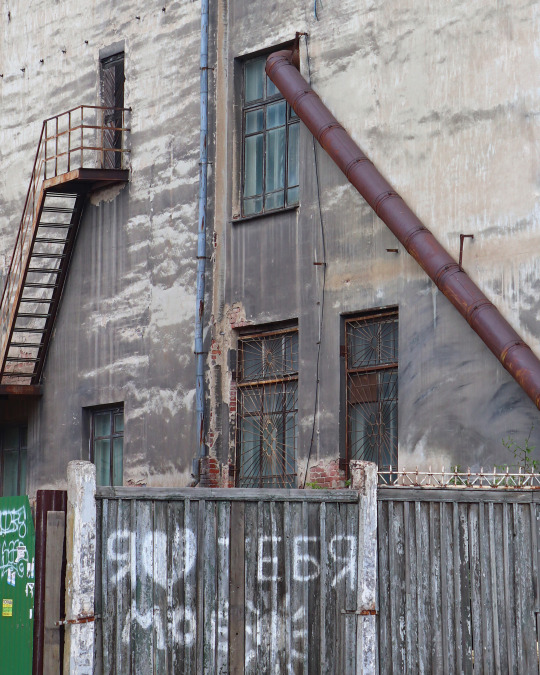
“I Love You, My Sun”.
#russia#street art#abandoned#Street Photography#photographers on tumblr#photography#originalphotography#original photographers#aesthetics#industrial#post soviet#ussr#graffiti#русский tumblr#уличная фотография#стритарт#граффити#заброшенное#заброшка#эстетика#urbanexploration#Architecture#архитектура#canon#canon photography
92 notes
·
View notes
Text
Заброшенный военный штаб.

Остатки ограждения из колючей проволоки на покосившехся столбах.
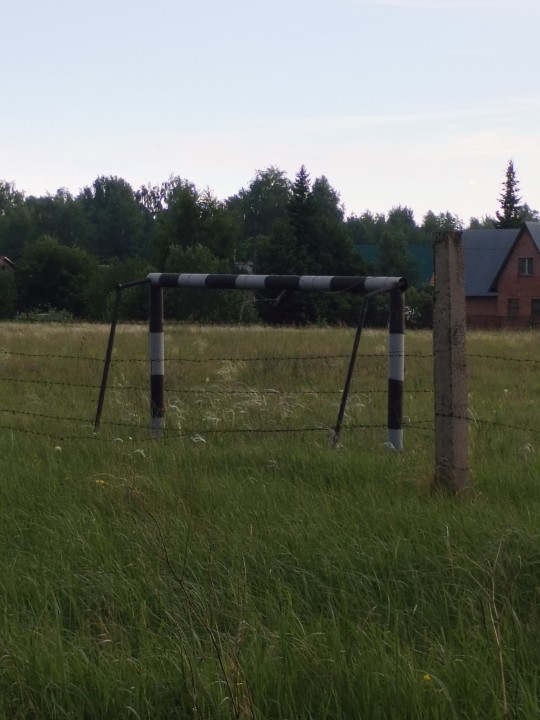
Футбольное поле с уцелевшими воротами находится за ограждением.

Здание не понятного назначения.


Гараж с ремонтными боксами.



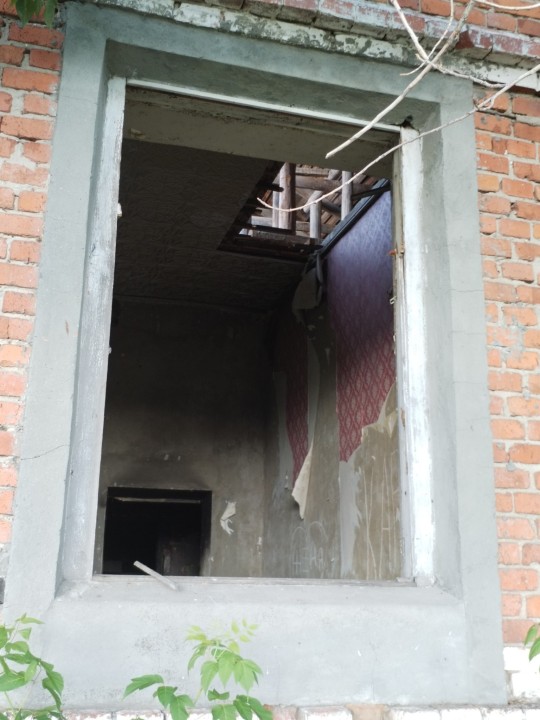
Судя по всему это административное здание. Штаб.
8 notes
·
View notes
Photo



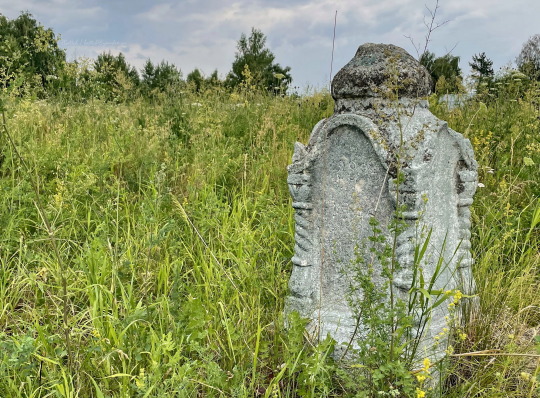


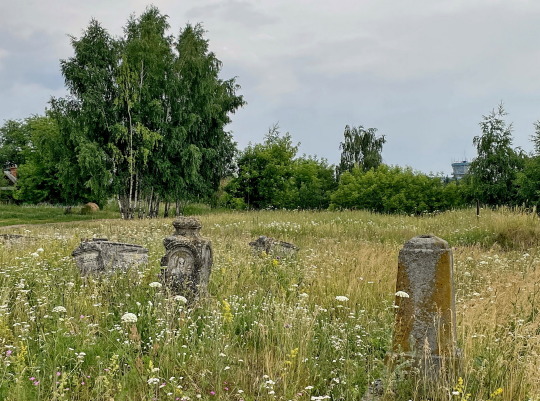

Old cemetery
#cemetery#abandoned#old#decay#sorrow#tombstone#necropol#Russia#кладбище#заброшка#некрополь#старое кладбище#сельский некрополь#Россия#над вечным покоем#безвременье#phone photography#my photography
28 notes
·
View notes
Text
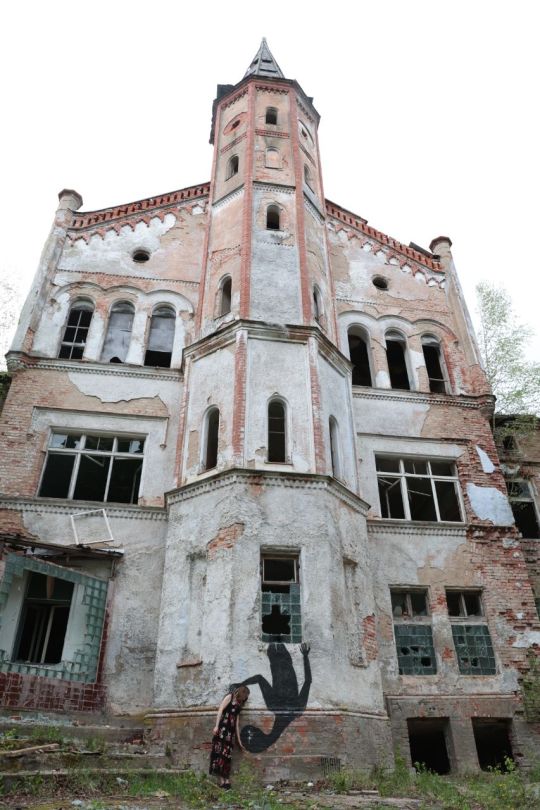
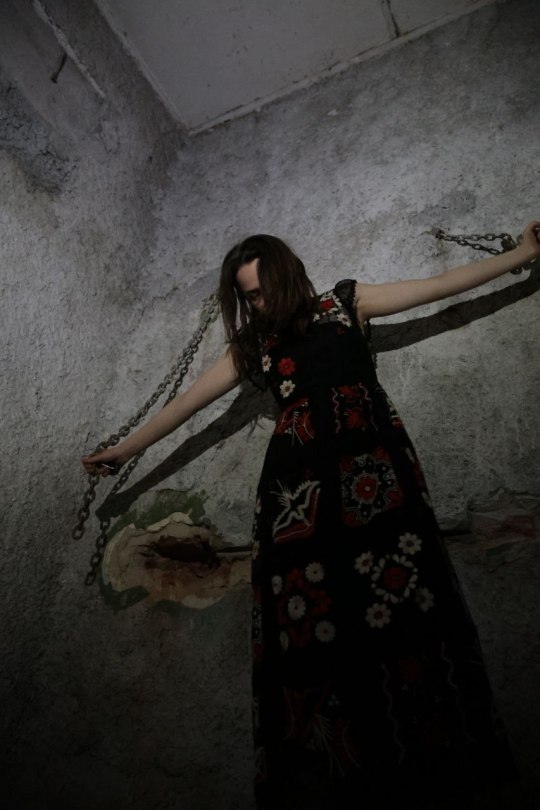
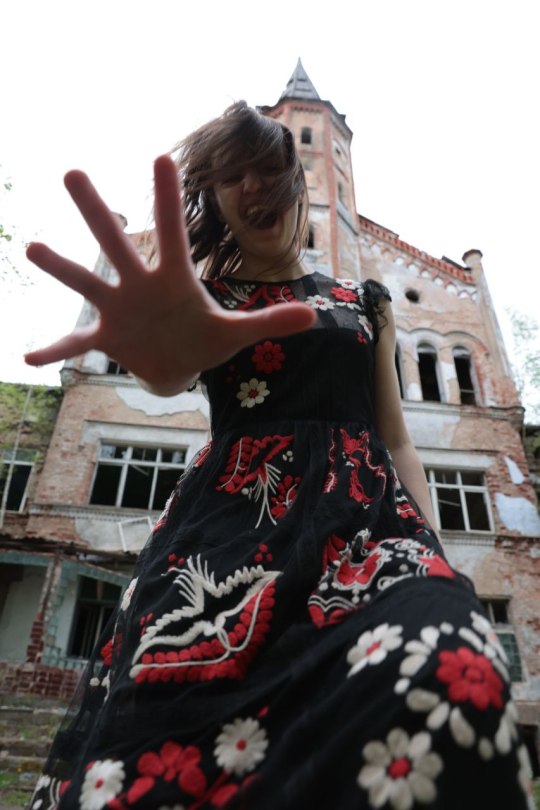
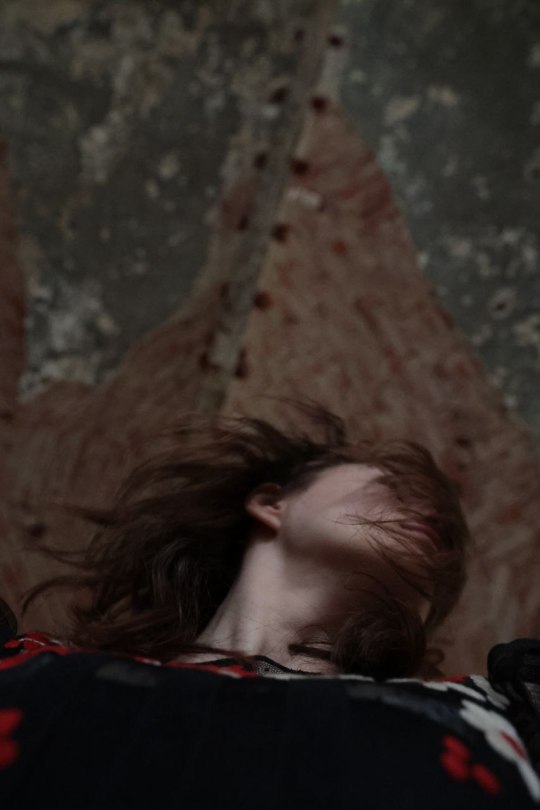

Заброшенных зданий тут
много,но самая жуткая и
лучшая из всех - это психбольница алленберг
Хотите острых ощущений? Однозначно сюда. Никакая заброшка не даёт чувство страха,как она. Тут можно забраться на крышу,т��к и в катакомбы.
Кто-то может пройтись в этом месте самостоятельно,а по необходимости обязательно найдётся местный школьник, который устроит экскурсию за 100-500 рублей .
1 note
·
View note
